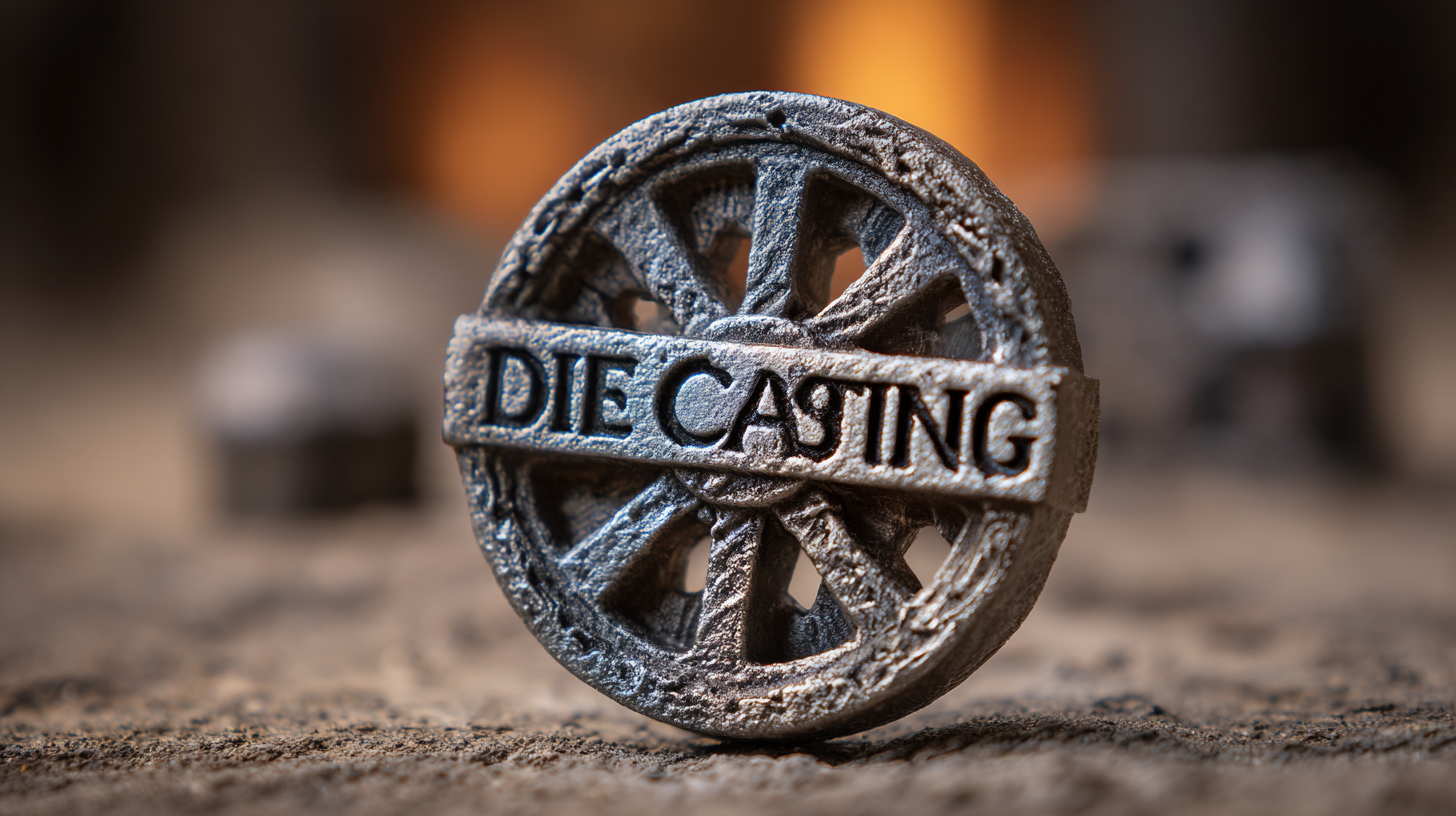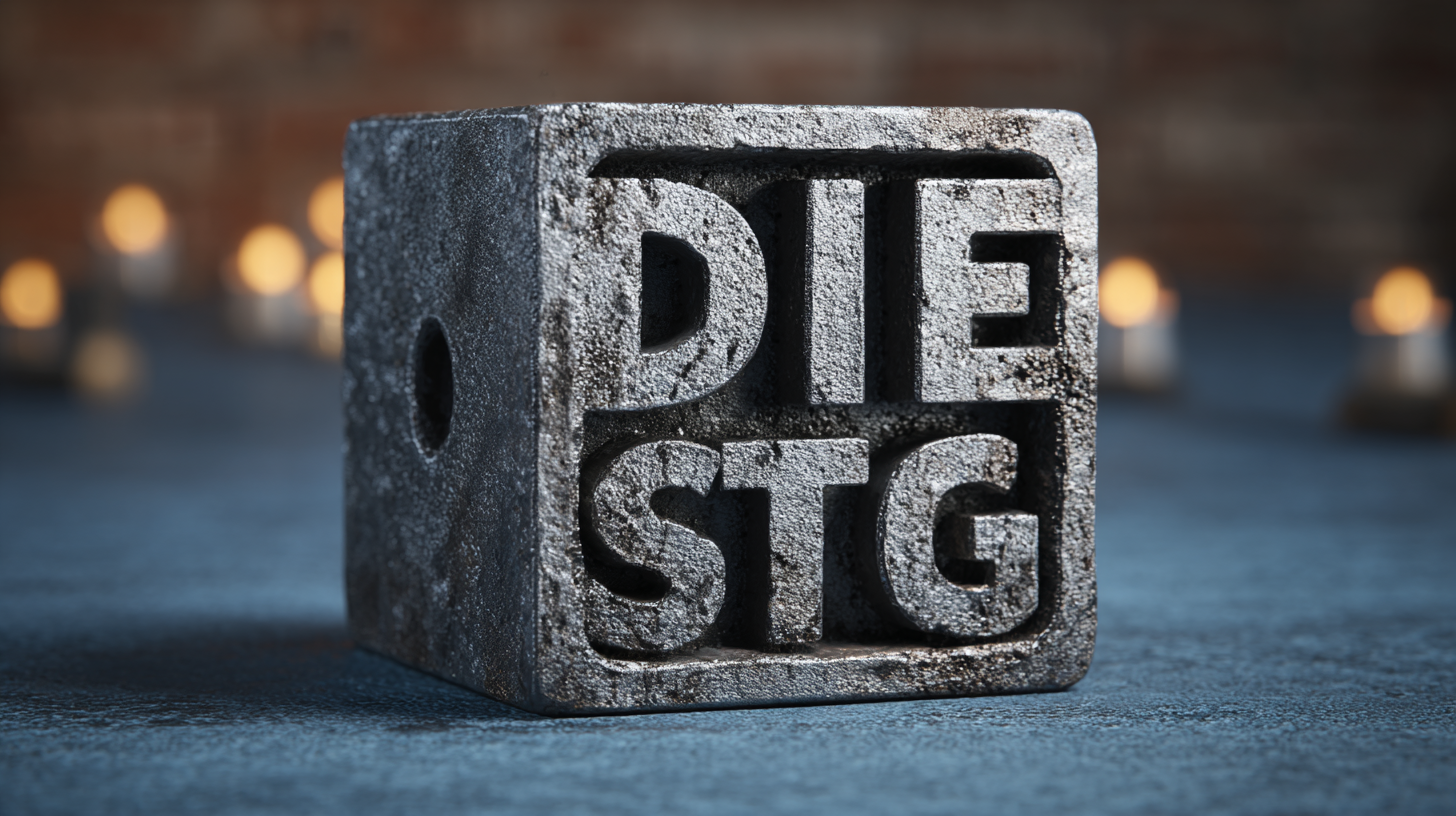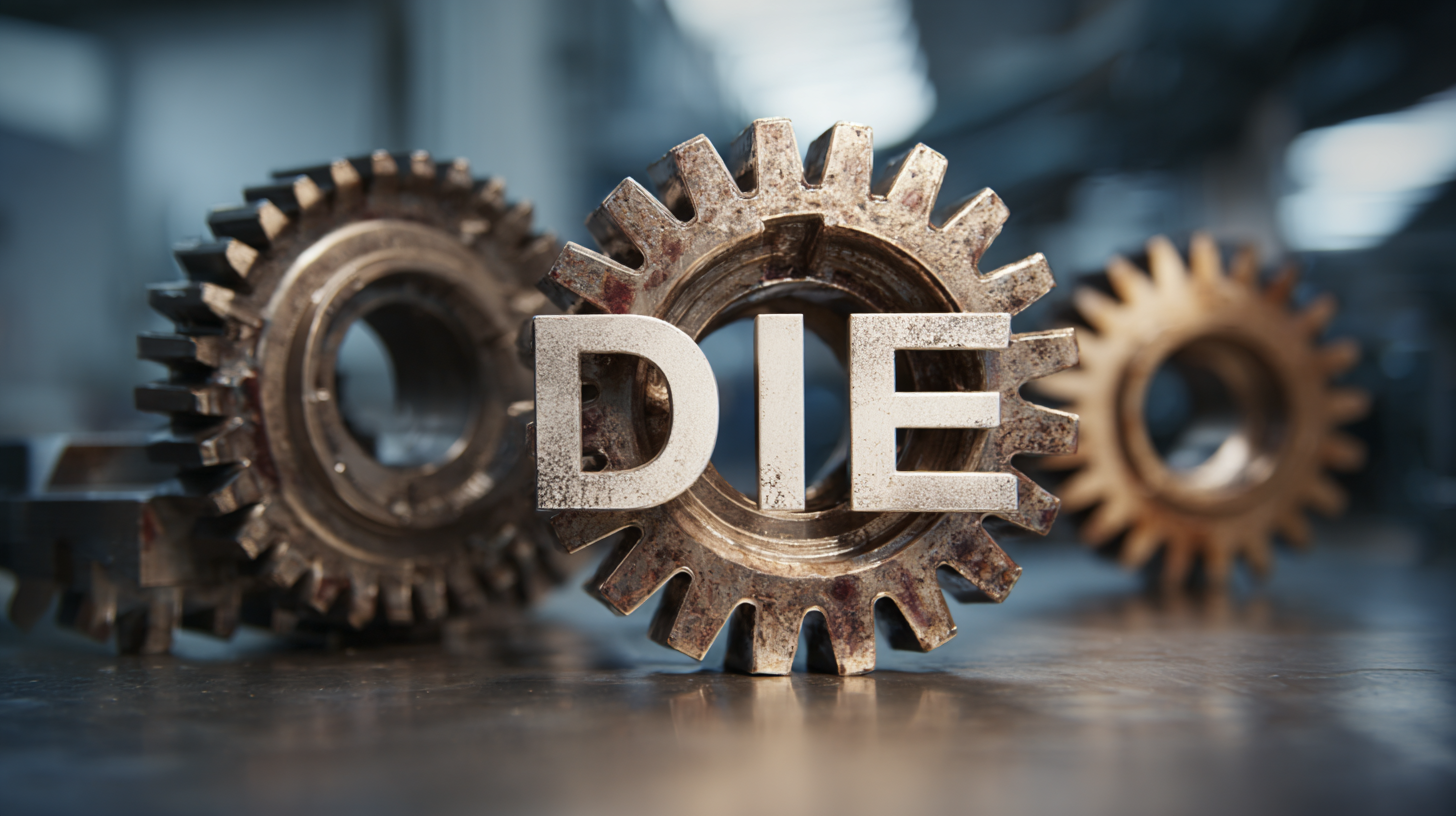Exploring Diverse Die Casting Options: Features and Applications for Global Buyers
The die casting industry has witnessed significant growth, driven by the increasing demand for high precision components across various sectors. According to a recent market analysis report from Grand View Research, the global die casting market size was valued at USD 69.85 billion in 2021 and is projected to expand at a compound annual growth rate (CAGR) of 5.4% from 2022 to 2030. This surge is propelled by the automobile, aerospace, and electronics industries, which require lightweight, durable, and intricate designs that die casting can provide. As global buyers seek to enhance production efficiency and product quality, understanding diverse die casting options becomes crucial.
 This blog aims to explore the features and applications of various die casting techniques, unveiling top strategies for buyers to leverage these manufacturing processes effectively in a competitive marketplace.
This blog aims to explore the features and applications of various die casting techniques, unveiling top strategies for buyers to leverage these manufacturing processes effectively in a competitive marketplace.
Exploring Different Die Casting Processes: Aluminum, Zinc, and Magnesium Comparisons
Die casting is an essential manufacturing process that allows for the production of complex shapes with precise dimensions. When evaluating different die casting processes, it’s important to consider the materials used—aluminum, zinc, and magnesium. Each material boasts unique properties that cater to various application needs.
Aluminum die casting is renowned for its strength-to-weight ratio and is commonly used in the automotive and aerospace industries.
Zinc die casting, on the other hand, offers excellent corrosion resistance and complex geometries, making it ideal for electrical housings and ornamental applications.
Meanwhile, magnesium die casting is celebrated for its lightweight nature, making it a favorite in industries where weight reduction is critical, such as in consumer electronics.

Tips: When selecting a die casting material, assess the end-use application and desired properties. For instance, if you need lightweight components without compromising strength, magnesium could be the right choice. Also, consider the finishing options available for each material, as this can impact the final aesthetic and performance of the product.
Additionally, always communicate with your die casting supplier about your specific requirements. Each process has distinct tolerances and capabilities, and an experienced supplier can provide valuable insights into which material and technique would yield the best results for your project.
Key Features of Die Casting: Strength, Precision, and Surface Finish Explained
Die casting is a manufacturing process that involves forcing molten metal into a mold cavity, resulting in parts that exhibit remarkable strength and precision. One of the key features that make die casting a preferred choice in various industries is its ability to produce components with high structural integrity. The process ensures consistent thickness and reduces the occurrence of defects, allowing for greater load-bearing capacities in the final products. For applications that require durability, such as automotive or aerospace components, the strength provided by die casting is indispensable.
Precision is another critical advantage of die casting that appeals to global buyers. The meticulous design of the molds allows for intricate shapes and detailed features to be achieved with minimal tolerances. This high level of accuracy not only enhances the aesthetic appeal of parts but also facilitates their seamless integration into larger assemblies. Additionally, die casting supports large production runs, ensuring that components maintain their dimensional consistency across thousands of pieces. Lastly, the surface finish achieved through die casting often requires minimal post-processing, making it a cost-effective solution for manufacturers seeking efficiency and quality in their production processes.
Global Market Trends: Demand Growth for Die Casting Products in Aerospace and Automotive Industries
The global market for die casting products is witnessing significant growth, particularly driven by the
aerospace and automotive industries. According to recent projections, the aluminum die casting market alone is
anticipated to grow by USD 46.2 billion between 2024 and 2028. This growth is largely attributed to the increasing
application of die casting techniques in manufacturing lightweight and durable components essential for vehicles and aerospace systems.
As these sectors evolve, they are placing higher demands on precision-engineered parts that can withstand rigorous conditions while maintaining efficiency. The
steel casting market is also on an upward trajectory, expected to reach USD 42.18 billion
by 2029, indicating a robust demand for casting solutions across the globe.
Tips: When considering die casting options, global buyers should focus on suppliers that prioritize advanced technology
and sustainability practices. Additionally, staying informed about emerging market trends can provide a competitive edge. Engaging with industry reports can help organizations
identify viable opportunities and make informed purchasing decisions.
Navigating Export Certifications: Essential Compliance for Die Casting Manufacturers
Navigating the complex landscape of export certifications is crucial for die casting manufacturers aiming to enter global markets. Compliance with international standards not only ensures the quality and safety of products but also builds trust with potential buyers worldwide. Manufacturers must familiarize themselves with various regulations, such as ISO certifications and specific country requirements, to enhance their credibility and competitiveness on the global stage.

Additionally, the process of obtaining the necessary certifications can often be intricate and time-consuming. Die casting manufacturers must conduct thorough documentation and testing to meet the criteria established by regulatory bodies. By investing in compliance strategies, these manufacturers can streamline their operations and effectively respond to the evolving demands of the market. This proactive approach not only mitigates risks associated with non-compliance but also opens doors to new business opportunities across borders.
The Role of Advanced Technology in Die Casting: Automation and AI Integration
The integration of advanced technology in die casting is reshaping the manufacturing landscape, particularly through automation and artificial intelligence (AI). Automation has become synonymous with increased efficiency and productivity, allowing manufacturers to achieve higher production rates while optimizing material usage. This technological shift not only streamlines processes but also enhances consistency and quality in die casting products. As manufacturers seek to minimize costs, the deployment of robotic systems is proving to be a crucial strategy, creating a more resilient production environment capable of adapting to evolving market demands.
AI technology plays a pivotal role in refining the die casting processes, especially in defect detection and overall quality control. Innovative algorithms and machine learning techniques are transforming nondestructive testing (NDT), enabling rapid and accurate identification of internal flaws that would otherwise go unnoticed. This level of precision not only enhances product reliability but also mitigates waste, translating into cost savings for businesses. As the industry moves forward, the synergy between automation and AI signifies a robust future for die casting, positioning it as a critical component of the next generation of advanced manufacturing.







